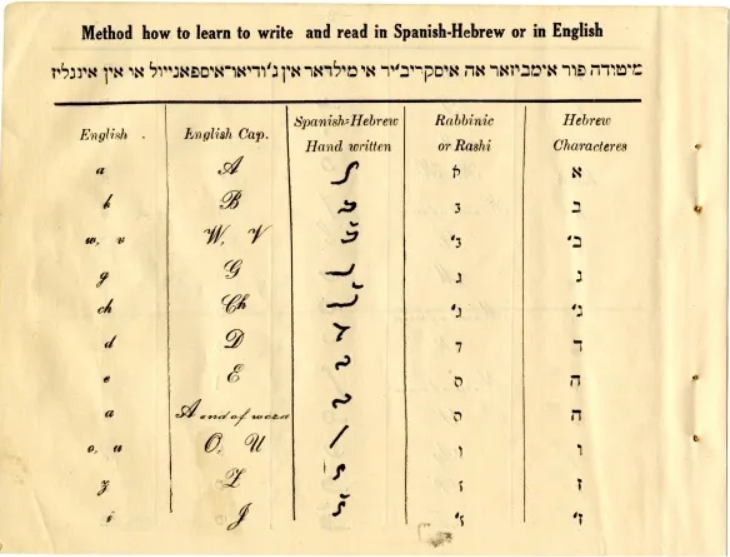
Hazak Ubaruch!
Learn More!
-
PRESERVING LADINO LANGUAGE
Ladino is the language of the Sephardic Jews who originated from the Iberian Peninsula (what is today Spain and Portugal). Ladino is form of Castilian Spanish mixed with a variety of Hebrew elements, along with Aramaic, Arabic, Bulgarian, French, Greek, Italian, and Turkish.
The evolution of the Ladino languge is tied to the migration patterns of the Sephardic Jews. Following their expulsion from Spain in 1492, Sephardic Jews relocated mainly within the Ottoman Empire, including the Mediterranean and Middle East, where the Ladino language developed further and in response to the areas where Jews sought refuge.
For more about the Ladino language, see the Stroum Center for Jewish Studies’ “Learning Ladino: Education, Preservation, and Community Building,”
-

Articles
“At The Summit for Tu B’Shevat Seder” Seattle Hadassah.
University of Washington students and alumni reflect on Hazzan Isaac Azose
Ladino Day at the University of Washington
Bringing Sephardic Art and Community Together at the UW
Conversations with Seattle “Ladineros” Ladino Speakers
Seattle’s Sephardi Jews Brought Us Starbucks: Now They’re Trying To Bring Back Ladino
-

-

Collections & Archives
-

Documentary
-

Oral Histories & Special Collections
-

Some Song Recordings
Hazzan Isaac Azose sings a popular Ladino song
Isaac Azose performs Pasharo D’ermozura.
Una Kantika, Una Estoryika (S1E1), Sephardic Adventure Camp.
Hazan Isaac Azose recita Muestro Sinyor
Hazzan Isaac Azose performs Yo Me Akodoro de Akeya Noche
Adío Querida, a Ladino Romansa performed by Hazzan Isaac Azose (with Paco Diaz and Guo Ke)
Cuando el Rey Nimrod, a Ladino folk song performed by Hazzan Isaac Azose (with Paco Diaz and Guo Ke)
-
University of Washington Stroum Center for Jewish Studies Celebrating Ike Azose

